Installing an EPS insulation foam board is a smart step toward enhancing the energy efficiency of your building. This versatile insulation material offers excellent thermal resistance and is relatively easy to work with.
In this guide, we’ll walk you through the steps to properly how to install EPS insulation foam board, ensuring a snug fit and optimal insulation performance.
What is an EPS Insulation Foam Board?
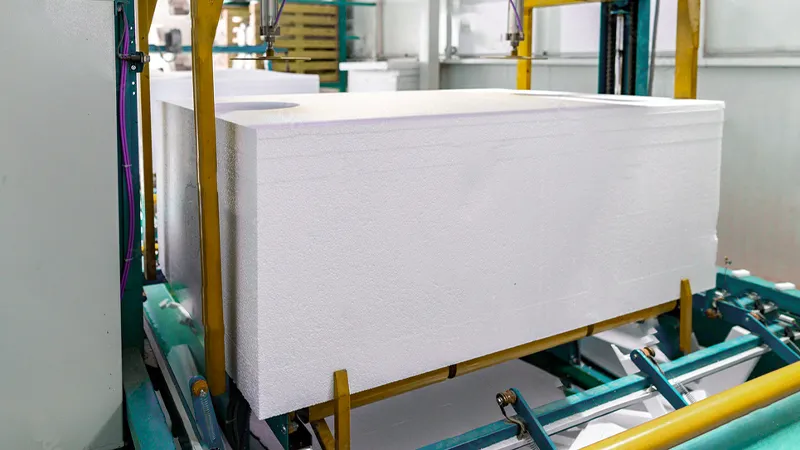
EPS insulation foam board, also known as Expanded Polystyrene insulation foam board, is a type of rigid foam insulation material used in construction for thermal insulation purposes. It is made from expanded polystyrene beads that are fused to form a closed-cell structure. EPS insulation board is made of a special EPS board-forming machine.
This closed-cell structure gives EPS insulation foam board its excellent insulating properties, making it an efficient choice for reducing heat transfer in buildings.
EPS insulation foam boards are lightweight, easy to handle, and offer good resistance to moisture, mold, and pests. They are commonly used in walls, roofs, floors, and foundations to improve the energy efficiency of buildings by reducing heat loss or gain. EPS insulation foam boards are available in various thicknesses and can be used in both residential and commercial construction projects.
How to Install Polypro EPS Insulation Foam Board?
EPS Insulation Foam Board Preparing for Installation
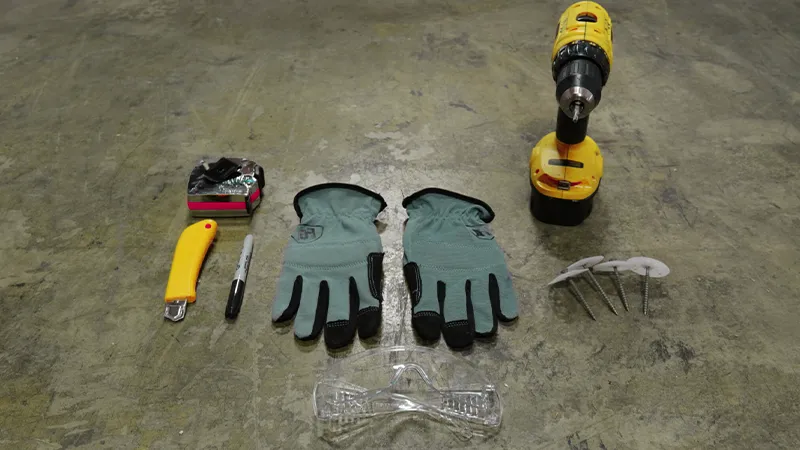
Before you begin the installation process, it’s essential to gather the necessary tools and materials. This includes polypro EPS insulation foam boards, adhesive or mechanical fasteners, a utility knife, a straightedge, a measuring tape, safety equipment such as gloves and goggles, and a suitable adhesive if required.
Additionally, ensure that the installation area is clean, dry, and free of any debris that may affect the adhesion of the insulation boards.
Polypro EPS Insulation Foam Board Installation Procedure
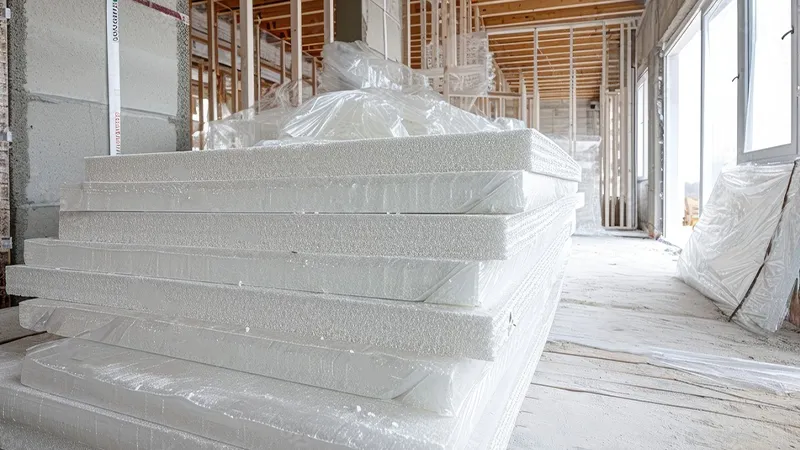
Step 1: Prepare the Substrate
Clean the substrate surface thoroughly to remove dust, debris, and any contaminants that may hinder adhesion.
If necessary, apply a suitable primer to the substrate to improve the bond between the insulation boards and the surface.
Step 2: Measure and Cut
Begin by measuring the installation area accurately using a measuring tape.
Transfer the measurements to the polypro EPS insulation foam boards, marking the cutting lines with a pencil.
Use a sharp utility knife and a straightedge to cut the boards along the marked lines. Ensure clean and precise cuts for a professional finish.
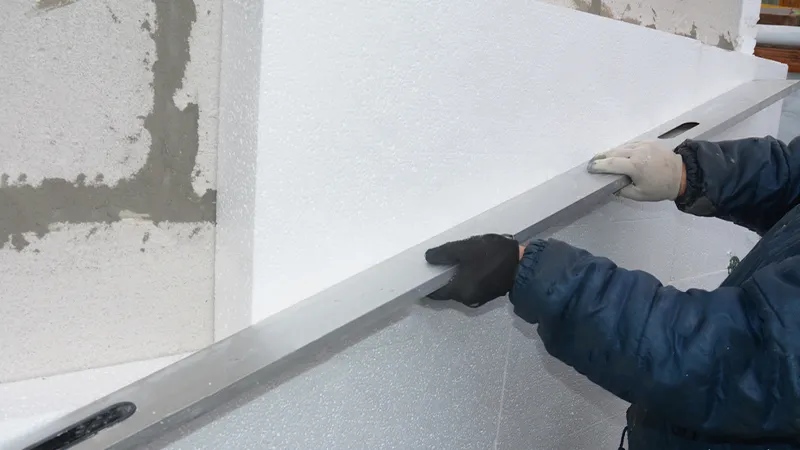
Step 3: Apply Adhesive
If using adhesive for installation, follow the manufacturer’s instructions for proper application.
Apply the adhesive evenly on the back of the insulation board or directly onto the substrate, depending on the type of adhesive used.
Spread the adhesive using a notched trowel to ensure consistent coverage.
Step 4: Position and Secure the Boards
Position the polypro EPS insulation foam boards carefully on the substrate, aligning them according to the layout plan.
Press the boards firmly against the substrate to ensure proper adhesion and eliminate air pockets.
Use mechanical fasteners, such as screws or nails, to secure the boards in place for added stability and reinforcement, especially for vertical installations.
Step 5: Seal Joints and Gaps
Use a compatible sealant or foam insulation to fill any gaps or joints between the insulation boards.
Ensure a tight seal to prevent air leakage and maintain the integrity of the insulation barrier.
Step 6: Install Vapor Barrier (if required)
In areas prone to moisture, such as basements or crawl spaces, install a vapor barrier over the insulation boards.
Secure the vapor barrier according to the manufacturer’s guidelines, ensuring proper overlap and sealing at seams and edges.
Step 7: Finish and Inspect
Complete the installation by trimming any excess insulation or sealant for a clean and professional appearance.
Inspect the installed polypro EPS insulation foam boards for any gaps, loose edges, or areas that require additional sealing or reinforcement.
What Are the Advantages of EPS Insulation Board?
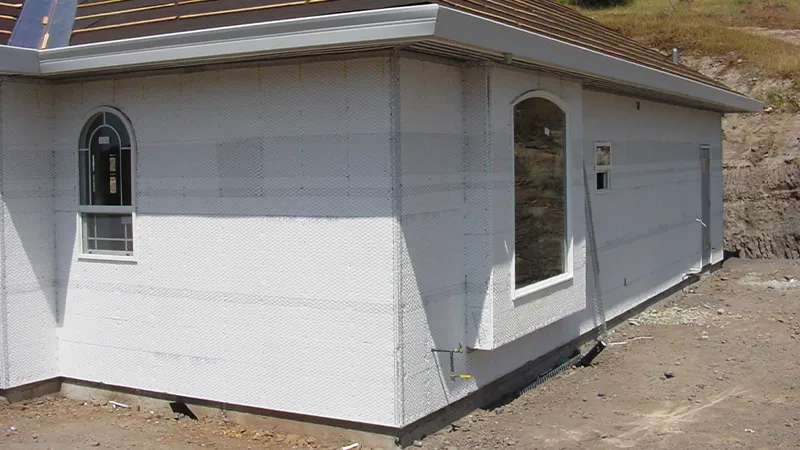
EPS insulation boards offer several advantages that make them a popular choice for thermal insulation in construction:
Excellent Thermal Insulation: EPS insulation boards have a closed-cell structure that provides exceptional thermal resistance. They help maintain consistent indoor temperatures, reducing heat loss in winter and heat gain in summer, leading to energy savings and increased comfort.
Lightweight and Easy to Handle: EPS insulation boards are lightweight, making them easy to transport, handle, and install. This characteristic simplifies construction processes and reduces labor costs.
Moisture Resistance: EPS insulation boards are resistant to moisture absorption, making them suitable for use in humid environments or areas prone to moisture exposure. This resistance helps prevent mold growth and structural damage caused by moisture infiltration.
Durable and Long-lasting: EPS insulation boards are durable and long-lasting, maintaining their thermal insulation properties over time. They do not degrade or deteriorate easily, ensuring consistent performance throughout the building’s lifespan.
Versatility: EPS insulation boards are versatile and can be used in various applications, including walls, roofs, floors, and foundations. They are compatible with different construction materials and systems, offering flexibility in design and construction.
Fire Retardant Properties: EPS insulation boards can be manufactured with fire retardant additives, enhancing their fire resistance and safety in building applications. They help contain the spread of flames and reduce the risk of fire-related damage.
Cost-Effective: EPS insulation boards are cost-effective compared to some other insulation materials. Their affordability makes them a preferred choice for budget-conscious construction projects without compromising on insulation performance.
Environmentally Friendly: EPS insulation boards are recyclable and contribute to sustainable building practices. They can be recycled and reused in various applications, reducing waste and promoting environmental conservation.
Where Do You Need Foam Board Insulation?
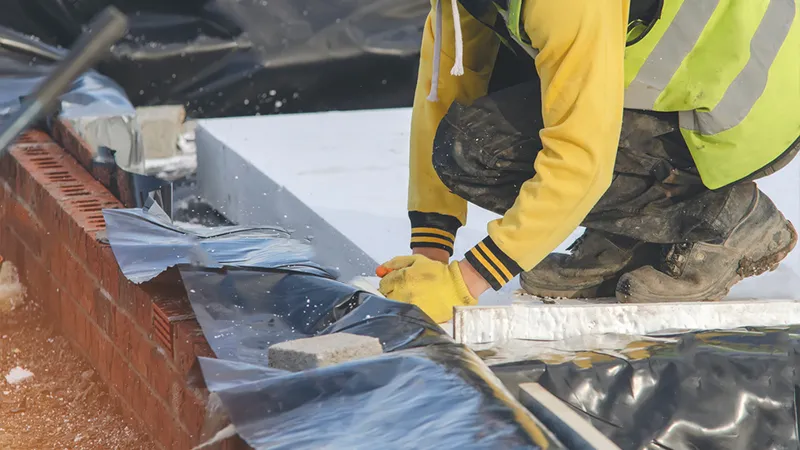
Foam board insulation, such as EPS (Expanded Polystyrene) insulation boards, is commonly used in various areas of residential, commercial, and industrial buildings where thermal insulation is needed.
Here are some specific locations where foam board insulation is beneficial:
Exterior Walls: Foam board insulation is often installed in exterior walls to reduce heat transfer and improve energy efficiency. It helps maintain consistent indoor temperatures and reduces heating and cooling costs.
Roofs and Attics: Insulating roofs and attics with foam board insulation helps prevent heat loss through the roof, especially in cold climates. It also provides a barrier against radiant heat, improving overall comfort and energy savings.
Basements and Crawl Spaces: Foam board insulation is ideal for insulating basement walls and crawl space areas. It helps control moisture infiltration, prevents mold growth, and creates a more comfortable living environment.
Floors Above Unheated Spaces: In buildings with unheated spaces below, such as garages or crawl spaces, foam board insulation installed under the floors helps minimize heat loss and enhances thermal comfort.
Interior Walls: Foam board insulation can be used in interior walls to improve sound insulation between rooms, creating quieter and more private living or working spaces.
Foundation Walls: Insulating foundation walls with foam board insulation helps prevent heat loss from the building’s structure, reduces moisture infiltration, and protects against frost damage in colder climates.
HVAC Ducts: Insulating HVAC ducts with foam board insulation helps maintain temperature consistency, reduces energy loss during air distribution, and improves overall system efficiency.
Metal Buildings and Structures: Foam board insulation is commonly used in metal buildings and structures to provide thermal insulation, condensation control, and energy efficiency enhancements.
Specialized Applications: Foam board insulation is also used in specialized applications such as refrigeration systems, cold storage facilities, and soundproofing projects where thermal insulation and moisture resistance are crucial.
Conclusion
Installing EPS insulation foam board is a wise investment for enhancing the energy efficiency and comfort of your building. This versatile insulation material offers excellent thermal resistance, ease of installation, and durability, making it an ideal choice for various construction projects. Whether you’re insulating exterior walls, roofs, basements, or HVAC ducts, foam board insulation provides effective thermal insulation, moisture resistance, and energy savings.
By following the proper installation procedures outlined in this guide, you can ensure a snug fit and optimal insulation performance. The advantages of EPS insulation boards, including their lightweight nature, moisture resistance, fire retardant properties, and environmental friendliness, make them a preferred option for sustainable and cost-effective building insulation solutions.
Incorporating foam board insulation in your building projects can lead to long-term benefits in terms of energy savings, comfort, and building performance.
